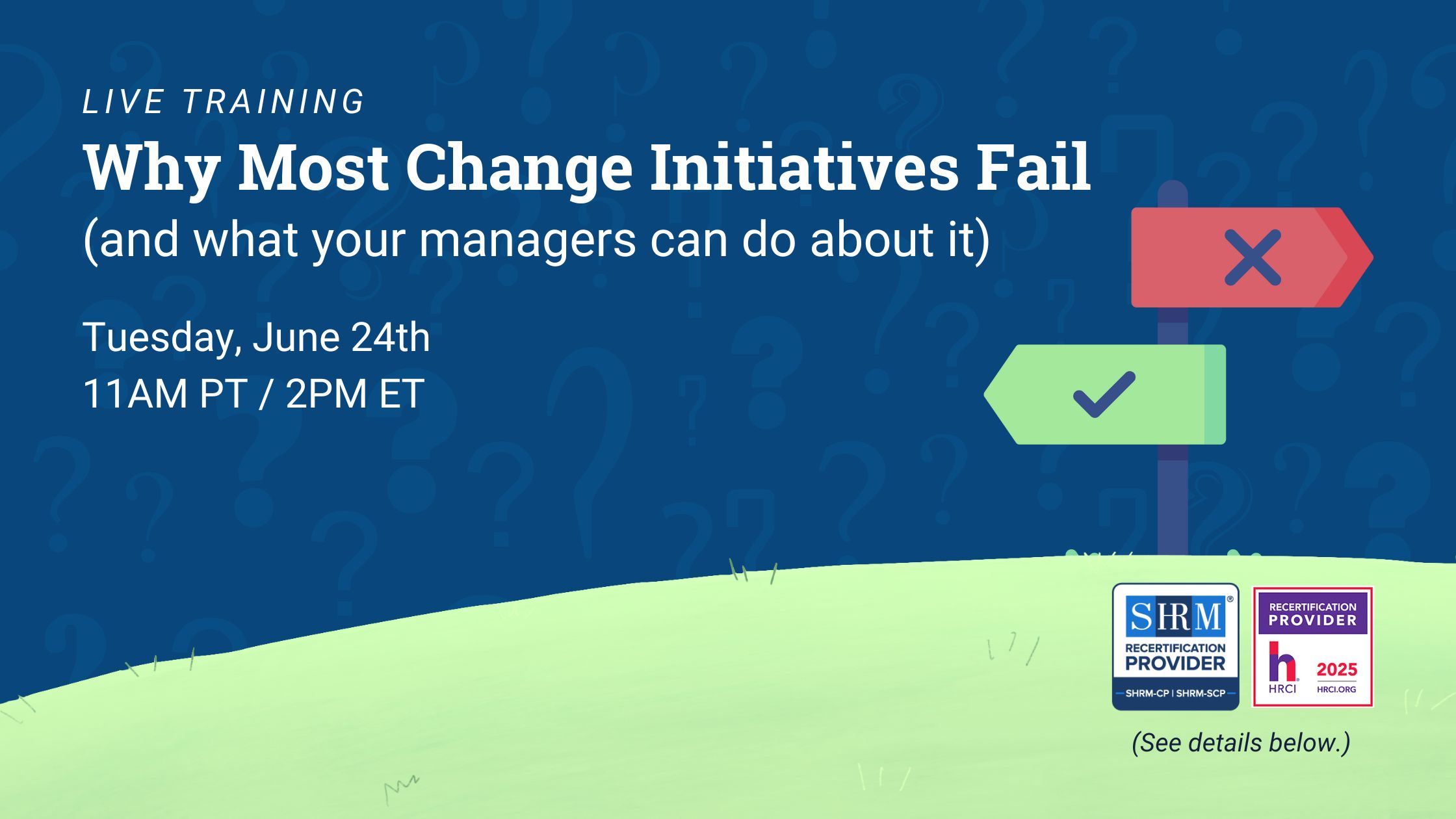Leading through influence is a crucial leadership skill that empowers teams and stakeholders toward success.
You can no longer rely on directive tactics and expect immediate compliance. Today’s effective leaders understand that influencing others requires a more nuanced approach.
Authentic influence stems from a deep understanding of what drives people and leveraging those insights to foster performance and positive results. The cornerstone of this ability is trust. The more trust a leader builds, the greater their capacity to influence, providing a solid foundation for their leadership journey.
As management expert Ken Blanchard aptly said, “The key to successful leadership today is influence, not authority.” It’s about guiding, inspiring, and motivating others to reach their full potential—not because they have to, but because they want to.
So, how can one effectively lead by influence? Let’s explore some proven strategies.
6 Proven Ways to Lead Through Influence
Here are six strategies that can help you lead by influence in the workplace:
1. Build strong relationships
At the core of leading through influence is the art of building strong relationships. It’s about engaging with the people around you—colleagues, leaders, investors, or team members—understanding what drives them and supporting them in reaching their goals. When you know what motivates someone, you can support them in reaching their goals, which naturally builds trust and influence.
Networking plays a significant role here, too. Develop a robust network inside and outside your organization to create a foundation for more effective leadership. Remember, leadership isn’t a solo act. To influence others, you need to be involved and seek others’ input, especially when making decisions that affect the team.
Also:
- Involve your team early on when proposing changes
- Take the time to connect with people on a personal level
- Show genuine interest in their needs and values
2. Establish credibility
In his book The Speed of Trust, Stephen Covey outlines four foundational elements of credibility: integrity, intent, capabilities, and results.
Integrity means aligning your actions with your words, ensuring that what you say matches what you do. It’s about being reliable and truthful, consistently demonstrating the values you profess to uphold.
Intent refers to having clear and transparent motives. Leaders should ensure their intentions are understood and perceived as genuine. Capabilities encompass the skills and knowledge necessary to perform effectively. Results are the tangible outcomes that leaders deliver.
The author highlights that credibility hinges on asking yourself, “Do I trust myself?” and “Am I trustworthy to others?” Leaders can confidently say “yes” by prioritizing integrity, clear intent, strong capabilities, and consistent results, building the foundation for influence and effective leadership.
3. Clarify expectations and practice accountability
If you’re managing a team on a big project, it’s not enough to just say, “Do your best.” Leaders get great results by ensuring everyone knows exactly what’s expected from them.
You need to clearly outline what success looks like—specific goals, deadlines, and the quality of work you’re aiming for. Once everyone knows what’s expected, holding yourself and your team accountable for delivering on those expectations is equally important. Incorporate routine check-ins to monitor progress, offer constructive feedback, and address any deviations from the plan.

4. Share your passion
Passion, when it comes from a real, authentic place, is a powerful tool in leadership. However, it’s not enough to just have a vision; you need to communicate it to inspire others to care just as much as you do. When you do so, it creates an energy that people can’t help but feel. The enthusiasm is contagious, which gets others excited and ready to take action.
People admire and are inspired by forward-thinking leaders who can bring their vision to life with genuine passion. When you share that feeling, you’re not just guiding your team—you’re lighting a fire in them to work toward the same goals with the same motivation.
5. Be open
Influence should be a two-way street. Being open and practicing reciprocity creates an environment where ideas flow freely, collaboration thrives, and both sides feel respected and valued. When everyone knows their input can influence decisions, it encourages greater employee engagement and a shared commitment to achieving common goals.
6. Study behavior and adapt leadership style
By understanding your own behavior and that of others, you can tailor your leadership approach to meet the unique needs of different situations.
For instance, a leader who adjusts their style to align with their team members’ communication preferences and working styles creates an environment where everyone feels understood and valued.
The same is true for adapting management approaches for employees’ varied work styles. For example, one team member may thrive under clear, structured guidance while another prefers more autonomy. By adapting your approach—providing detailed instructions to one and giving more freedom to the other—you can maximize each individual’s potential, leading to better overall performance and a more cohesive team.
What Is an Example of Leading by Influence?
A sales manager leads a team through the final quarter of the year when the holiday season often makes it difficult to maintain focus and meet ambitious sales targets.
Aware of the holiday distractions, the manager begins by having one-on-one meetings with each team member to understand their personal commitments and stress points during this time. Recognizing the importance of work-life balance, the manager offers flexible schedules, allowing team members to adjust their hours to accommodate holiday plans while still staying productive.
To keep the team motivated, the manager sets clear, achievable weekly goals that contribute to the larger end-of-quarter target. They also introduce friendly competition with a small reward, like a gift card or extra time off, for the team member/s who exceed their weekly target.
The manager personally checks in with the team at the start of each week to offer support, share strategies for handling holiday-related sales challenges, and celebrate small wins. By acknowledging the holiday pressures and providing both flexibility and tangible incentives, the manager effectively influences the team to stay engaged and motivated, driving them to meet their goals despite the seasonal distractions.
Lead by Influence in the Workplace
Embracing the principles of influence can elevate leadership effectiveness, cultivate a motivated and engaged team, and contribute to the organizations success. As the workplace continues to evolve, the ability to lead by influence will be a valuable skill for leaders looking to make a lasting and meaningful impact.
Looking to enhance your organization’s leadership skills? INTOO offers a variety of programming, including coaching, leadership training, and workshops to inspire, empower, and elevate your team. Contact us today to learn more.











